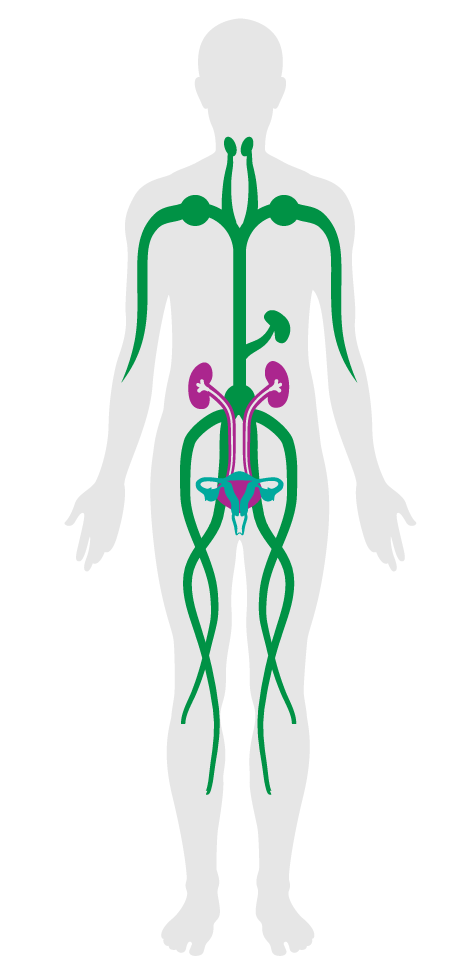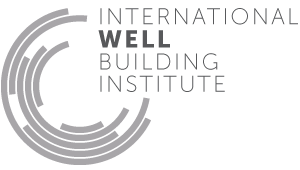Cleaning protocol
- 1 Air quality standards
- 2 Smoking ban
- 3 Ventilation effectiveness
- 4 VOC reduction
- 5 Air filtration
- 6 Microbe and mold control
- 7 Construction pollution management
- 8 Healthy entrance
- 9 Cleaning protocol
- 10 Pesticide management
- 11 Fundamental material safety
- 12 Moisture management
- 13 Air flush
- 14 Air infiltration management
- 15 Increased ventilation
- 16 Humidity control
- 17 Direct source ventilation
- 18 Air quality monitoring and feedback
- 19 Operable windows
- 20 Outdoor air systems
- 21 Displacement ventilation
- 22 Pest control
- 23 Advanced air purification
- 24 Combustion minimization
- 25 Toxic material reduction
- 26 Enhanced material safety
- 27 Antimicrobial surfaces
- 28 Cleanable environment
- 208 Injury prevention
09. Cleaning protocol
Regular cleaning is an important practice for a healthy indoor environment. On the other hand, cleaning chemicals and improper techniques can undermine indoor air quality. An adequate cleaning regimen using non-toxic, hypoallergenic cleaners helps reduce bioloads, pests, environmental allergens and unpleasant odors without the use of chemicals that might adversely impact indoor air quality.
This feature incorporates the development of a written protocol, in accordance with Table A4 in Appendix C, including the frequency, supplies, equipment, procedures and training to improve cleaning regimens.
Cold storage spaces contain the following:
Routine high temperature washings are possible for the following, and undertaken if pests are detected:

Applicability Matrix
| Core & Shell | Tenant Improvement | New Construction | |
|---|---|---|---|
| Part 1: Cold Storage | - | P | P |
| Part 2: Cleanable Fabrics | - | - | - |
| Commercial Kitchen | Schools | Multifamily Residential | Restaurant | Retail | |
|---|---|---|---|---|---|
| Part 1: Cold Storage | P | - | O | - | - |
| Part 2: Cleanable Fabrics | - | - | - | - | - |
Verification Methods Matrix
| Letters of Assurance | Annotated Documents | On-Site Checks | |
|---|---|---|---|
|
PART 1 (Design) Cold Storage |
Architect | Spot Check |
| 10.1.a |
The San Francisco Department of the Environment’s Integrated Pest Management recommends that pesticide products be used as a last result, only after other non-chemical management options have been exhausted. |
| 10.1.b |
The San Francisco Department of the Environment’s Integrated Pest Management Ordinance assigns hazard tiers to pesticide products from lowest to highest concern. |
